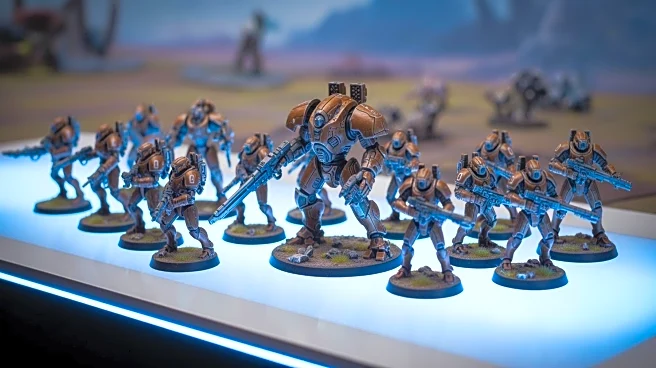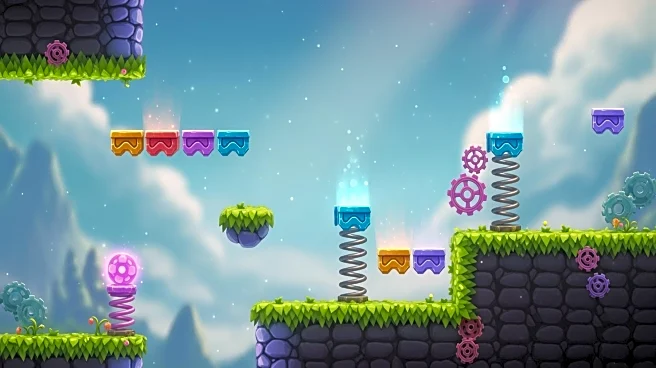What's Happening?
Warhammer 40,000's first edition, known as Rogue Trader, is being revisited to assess its playability in today's gaming environment. Originally released in 1987, the first edition emphasized narrative-driven
gameplay with a 'Games Master' to oversee rules and scenarios. Unlike later editions, it featured unique rules such as facing and flanking, which added strategic depth. The game also included complex vehicle mechanics and a detailed stat line for characters. Despite its complexity, the first edition is seen as a precursor to modern skirmish games like Necromunda, retaining a charm that appeals to enthusiasts of narrative-driven tabletop gaming.
Why It's Important?
Revisiting Warhammer 40,000's first edition highlights the evolution of tabletop gaming from narrative-focused experiences to more competitive formats. The examination of Rogue Trader's mechanics offers insights into the foundational elements that shaped the Warhammer franchise and influenced other tabletop games. Understanding these origins can enrich the appreciation of current gaming trends and innovations. For collectors and enthusiasts, the first edition represents a nostalgic return to the roots of the Warhammer universe, offering a unique perspective on the game's development and its impact on the gaming industry.
Beyond the Headlines
The exploration of Warhammer 40,000's first edition underscores the cultural and historical significance of tabletop gaming in the late 1980s. It reflects the era's gaming culture, where creativity and narrative were prioritized over competitive balance. This approach fostered a community-driven environment that encouraged storytelling and imaginative play. The legacy of Rogue Trader continues to influence modern gaming, as developers seek to balance narrative depth with strategic complexity. The enduring appeal of the first edition demonstrates the lasting impact of early gaming innovations on contemporary game design.











